News WOSCU
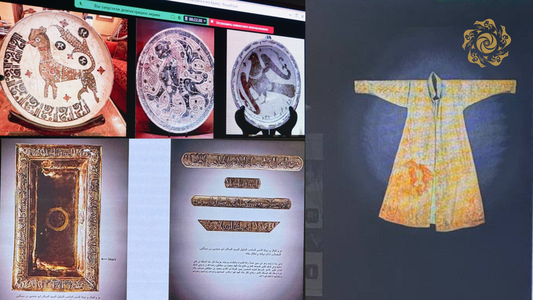
Selected exhibits from London auction houses were presented
Read more...

Photo exhibition "New Uzbekistan" was organized in Mongolia
Read more...

From London to Uzbekistan: historical artifacts are planned to be returned to our country
Read more...

Cooperation with prestigious auction houses is reaching a new level
Read more...
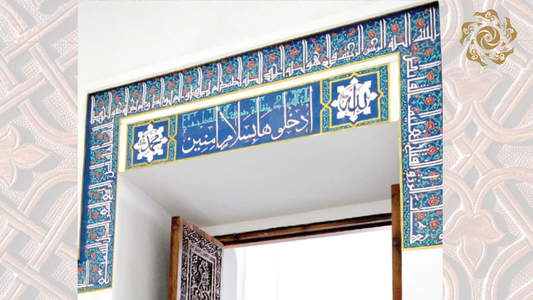
In what fields were the types of letters in the Arabic script used?
Read more...
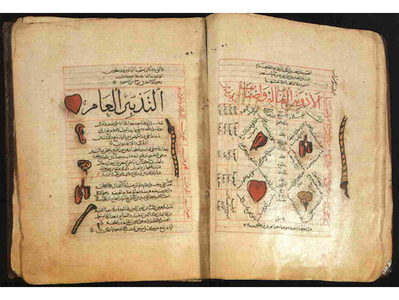
Project "Rare Manuscripts of Uzbekistan in World Collections": Expeditions to more than 20 countries
Read more...
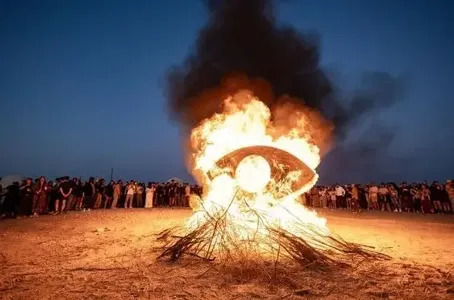
A new international art festival "YONAR" will be held in Uzbekistan
Read more...
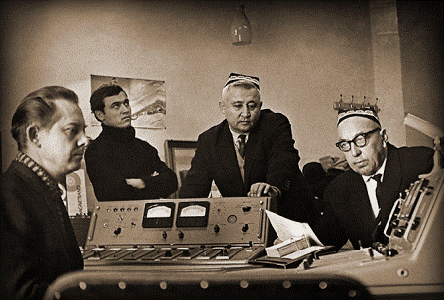
Phono-archival samples of Uzbek music stored in Russia will be brought in
Read more...
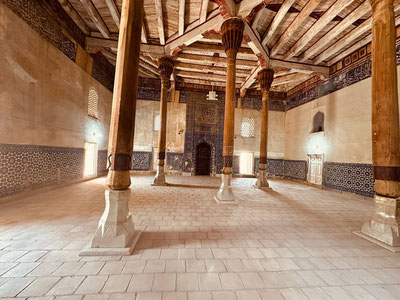
The mosque where the "Katta Langar Quran" was preserved has been restored
Read more...
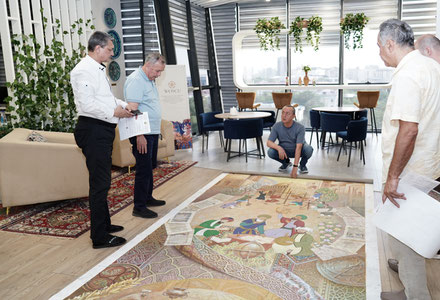
A look at history through monumental paintings
Read more...

155-year-old Kaaba painting
Read more...

Samarkand - Cultural Capital of the Islamic World in 2025
Read more...
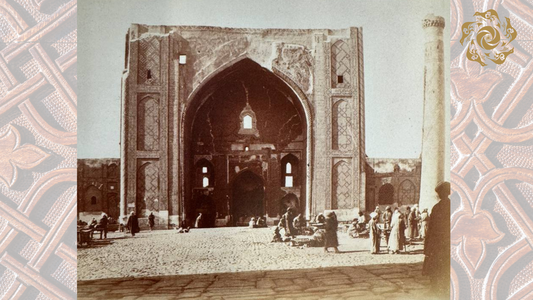
Stein's album: A depiction of Samarkand and Bukhara in the diary of a Hungarian archaeologist
Read more...
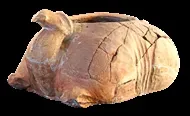
What surprised the Hungarian traveler who visited Uzbekistan?
Read more...

About the arrival of a Hungarian traveler in Uzbekistan and the visit of an Uzbek young man to Hungary
Read more...
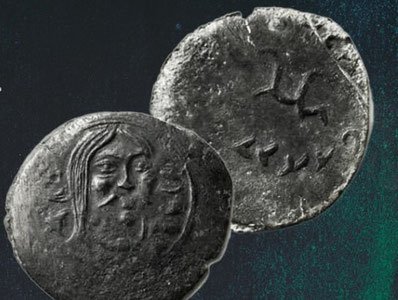
Bronze coin of the 6th century with the word "Turk" was found in Uzbekistan
Read more...
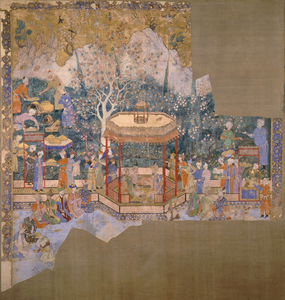
Miniature serving as a historical, political, and cultural statement
Read more...
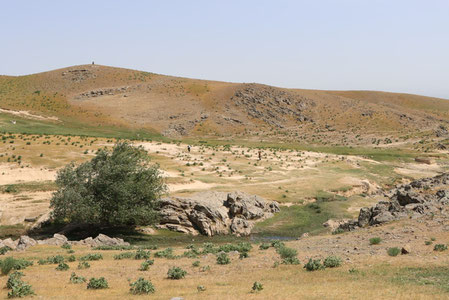
New archaeological sites of the Paleolithic and Neolithic periods have been discovered in the Jizzakh region
Read more...
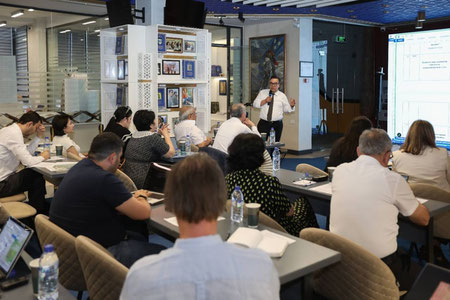
About 60 lots related to the cultural heritage of Uzbekistan were selected from London auction houses
Read more...

Uzbekistan will take part in the Venice Biennale
Read more...
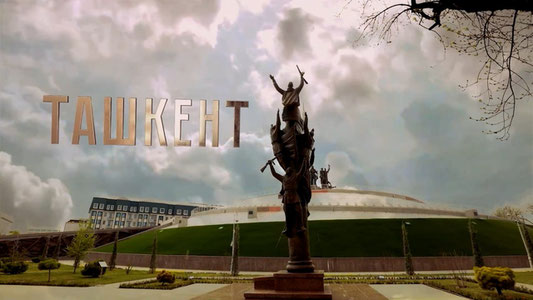
Uzbek-Russian Cultural Cooperation: Historical and Feature Documentary Film Created
Read more...
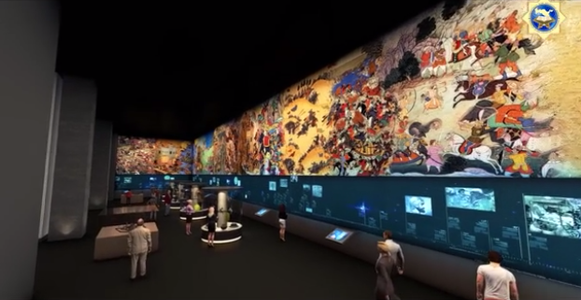
A model of historical monuments will be created
Read more...
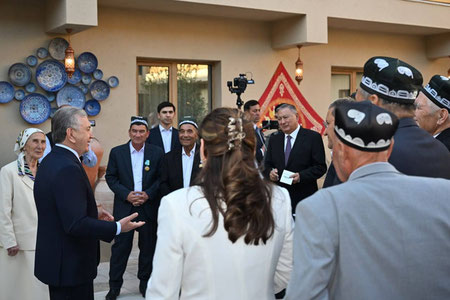
A Handicraft Center will be created in Khorezm
Read more...
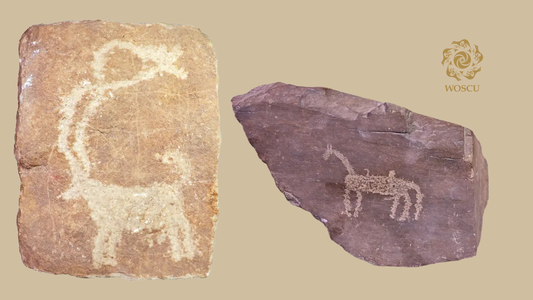
Petroglyphs come to life
Read more...

It will be possible to visually see the taq-i architecture of the Bukhara Khanate
Read more...

Introduction to the cultural heritage of Uzbekistan in London auction houses
Read more...
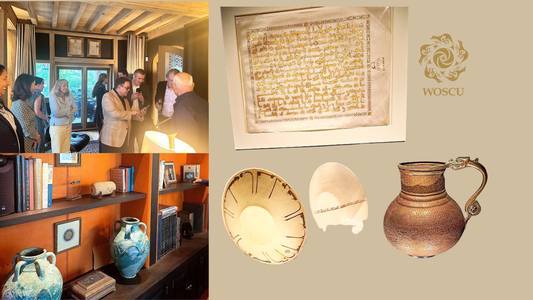
Sarikhani Collection: Unique Exhibits of Uzbekistan in London
Read more...

A miniature depicting the last moments of Amir Temur's life has been found
Read more...

What connects the Registan and the Taj Mahal?
Read more...
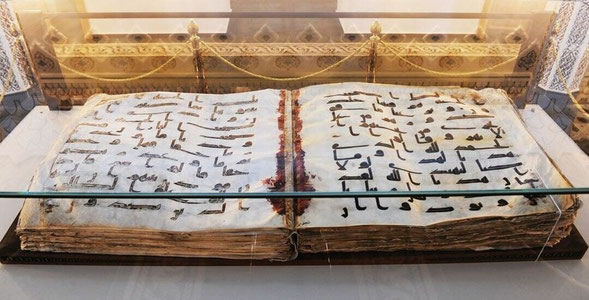
A book about the history of the Muskhaf Usman will be published
Read more...

Exhibits related to Uzbekistan in foreign museums will be returned
Read more...
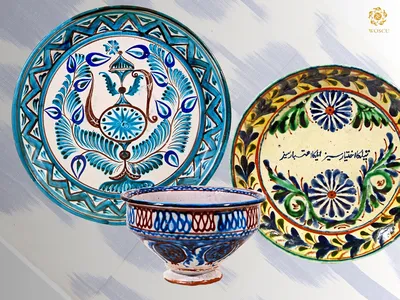
The Panjakent Murals: A Glimpse into the Colorful Life of an Ancient City
Read more...

Suzani from Bukhara: The Delicacy of Uzbek Embroidery
Read more...
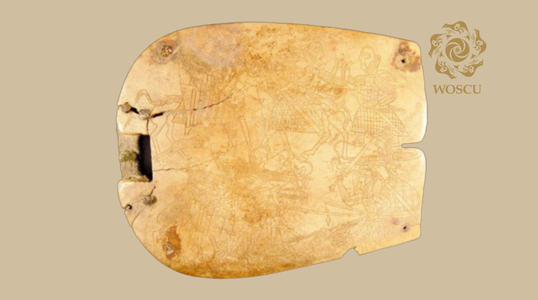
The Orlat Belt: A Treasure of the Military Elite of Ancient Sogdiana
Read more...
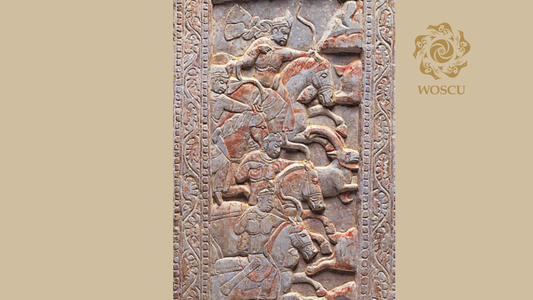
Sogdiana: The Heart of the Great Silk Road
Read more...
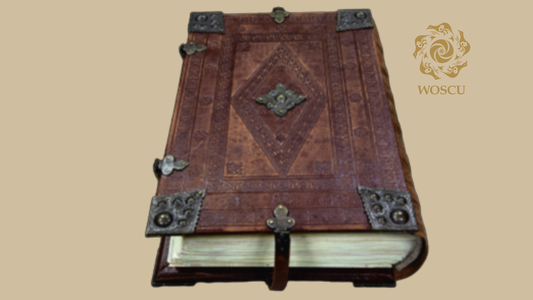
Abu Ali ibn Sina in Bologna: A Rare Manuscript of the "Canon of Medicine"
Read more...
